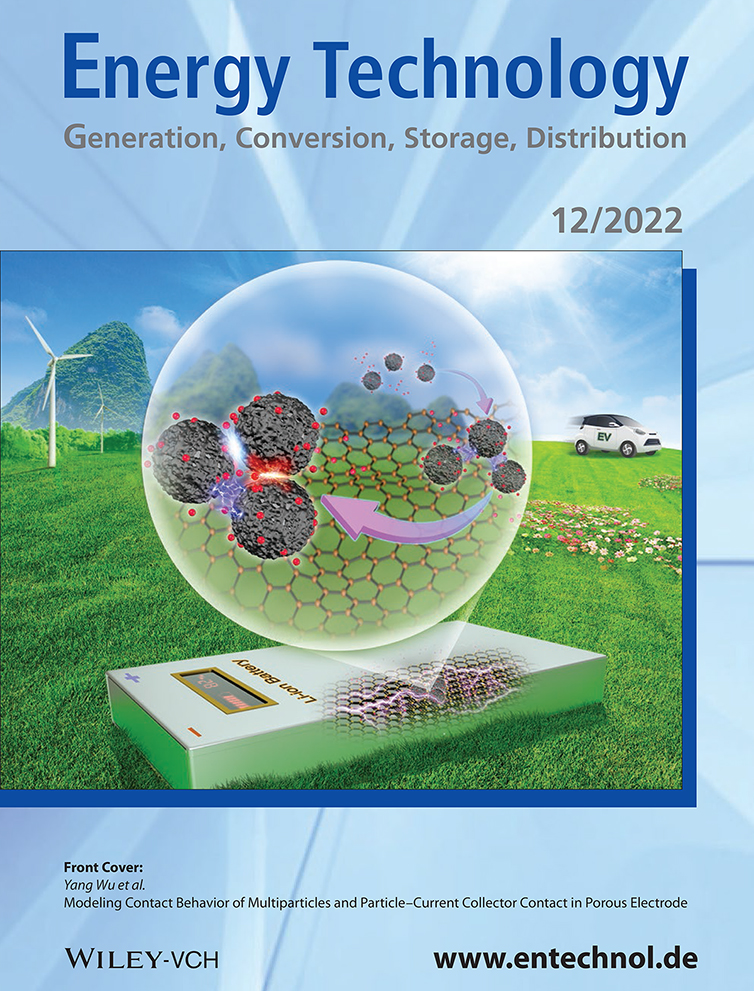Flexible Zinc-Ion Hybrid Capacitor Based on Interface-Engineered Textile of Waste Face Masks
Abstract
Flexible energy storage devices based on textiles have attracted great attention due to their enormous potential in wearable electronics. Herein, flexible zinc-ion hybrid capacitors (ZHCs) are proposed for wearable systems using waste face masks (WFMs) as the substrate and separator. The WFMs are covered with poly(3,4-ethylenedioxythiophene):poly(styrenesulfonate) (PEDOT:PSS) to enhance the surface conductivity. Thereafter, polypyrrole and Zn are grown on the surfaces of WFMs, respectively, by the one-step electrodeposition method. The flexible ZHC consists of surface-engineered textiles which can function as the electrode and current collector. The as-fabricated device possesses excellent specific capacity (105.1 mAh g−1), power density (117.8 W kg−1), and energy density (84.3 Wh kg−1). Besides, it maintains excellent electrochemical performance after 10 000 charge/discharge cycles and 5000 bending cycles. Furthermore, the device is capable of ensuring a stable power supply and driving an electronic meter for nearly a day. This work provides a facile strategy to construct low-cost textile-based flexible ZHCs from WFMs.
Conflict of Interest
The authors declare no conflict of interest.
Open Research
Data Availability Statement
Research data are not shared.




